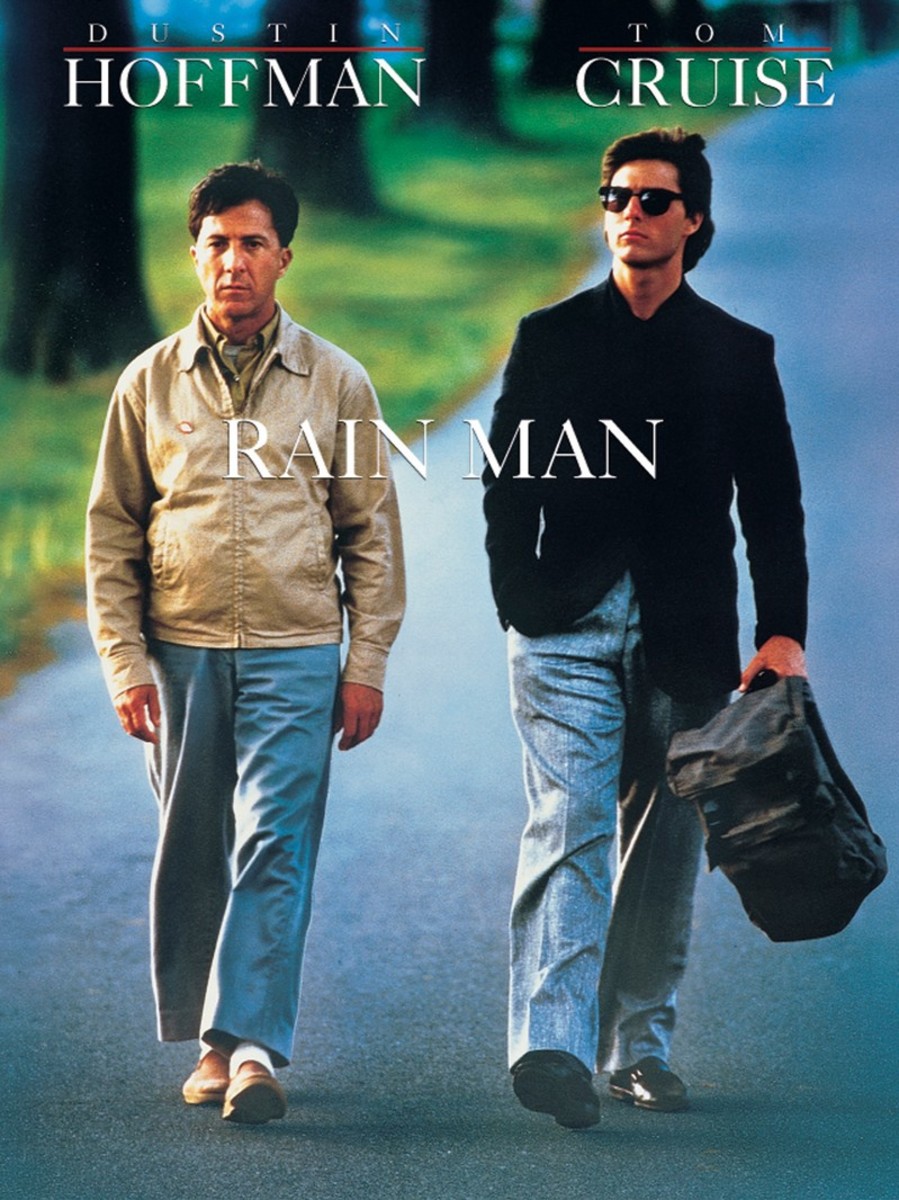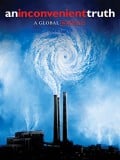Basso Film Analysis: BARAKA (1992)

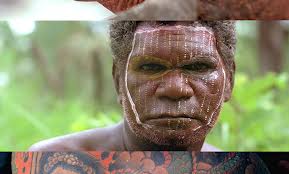

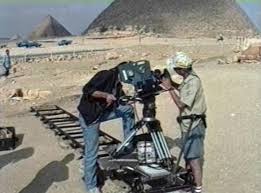
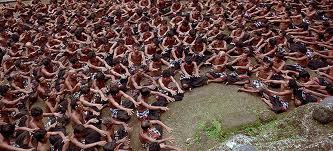
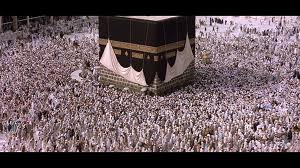
'Documentary' or 'Narrative': Which cinematic form defines Ron Fricke's enigmatic masterpiece.
In 1992, filmmakers Ron Fricke and Mark Magison produced one of the most remarkable cinematic commentaries on the precarious balance of a planet intent upon its own survival, and a species resigned to its own irresponsibility. But what, exactly, was 'Baraka'; a documentary? A narrative? At one hour and thirty-seven captivating minutes, the piece is as mesmerizing in its focus on nature's lush reveal, as it is foreboding of humanity's self imperilment and arrogance.
Initially, Baraka reads as a straight-forward presentation about life on planet Earth. The suggestive randomness in which Baraka appears to unfold makes the dominant form of Ron Fricke and Mark Magison’s compelling imagery a tempting candidate for categorizations as a documentary. After all, the randomness of the images are not necessarily suggestive of cause-and-effect, and documentaries are not bound by cause and effect. Further, documentaries are ultimately "read" as documentaries by filmic text spectators opting to apply that particular interpretation.
Several observations lead me to conclude that Baraka falls into categorization as Narrative Form, rather than Documentary:
Firstly, although not always or even prerequisite, documentaries typically utilize voice-over narration. A minor point, so I present it early to set it aside in building my argument. Baraka’s intrinsic Narrative Form employs no such voice over narration.
Secondly, documentaries are not bound by cause-and-effect, whereas the Narrative Form is represented by a series of events in cause-and-effect relationships. Here, Baraka is laid out like a screenplay through what I conclude the text presents as a series of cause-and-effect relationships between humanity and nature, ultimately resulting in nature's displacement at the hands of humanity's advancing technological irresponsibility.
Third, Baraka was written to treatment [reference: IMDb.] Random image montages are typically not written to treatment. Since a treatment is the skeleton of a screenplay, and since a key indicator of the Narrative Form IS layout like a screenplay, another piece of the Narrative Form falls into place.
Fourth, just like a screenplay, the text is comprised of a complex, well-orchestrated arrangement in which Ficke’s intended reading journey’s a three act arc:
Act I- Nature’s unmolested purity spans the planet as a constant. Act I clearly celebrates the power and beauty of Humanity’s celestial host. Gradual snapshots of our species's march towards environmental irresponsibility is peppered throughout the opening act as suggestive harbingers of humanity’s own flaws. As Act I closes, nature gradually becomes introduced to our species through the most simplistic of encroachments (i.e. Pueblo’s, etc.)
Act II- An evolved species’ assumption of domination over nature; Through the introduction of humanity's own destructive acts, the cause-and-effect of our species' technological encroachment upon nature is revealed; sometimes in stark opposition to nature, sometimes in stark opposition to advancing technology itself. As Ficke's second act concludes, we are given insight, albeit beautifully chronicled in moving imagery, to our flaws and potential for self-destruction, notably with a message that is: technology is not always splendor, but when handled as such is selfish and irresponsible.
Act III- As the film concludes distinct and exact imagery reveals that even our most prized and stately of manufactured things will ultimately fall into disrepair, and become reclaimed by nature itself. Nature’s foreboding return to its unmolested purity, upon the species decimation of self, really is representative that nature always finds a way.
Although Baraka is deceptively ‘documentary-esque’ in its approach, I submit that Ficke’s study is not in the Documentary Form at all, but is instead representative of the Narrative Form, with the film making team’s intended reading being the message that "as humanity moves in, nature's beauty moves out."


